Easter Island - Exploring its Iconic Culture and History
2025/09/15
Years of Culture
false
2025/09/15
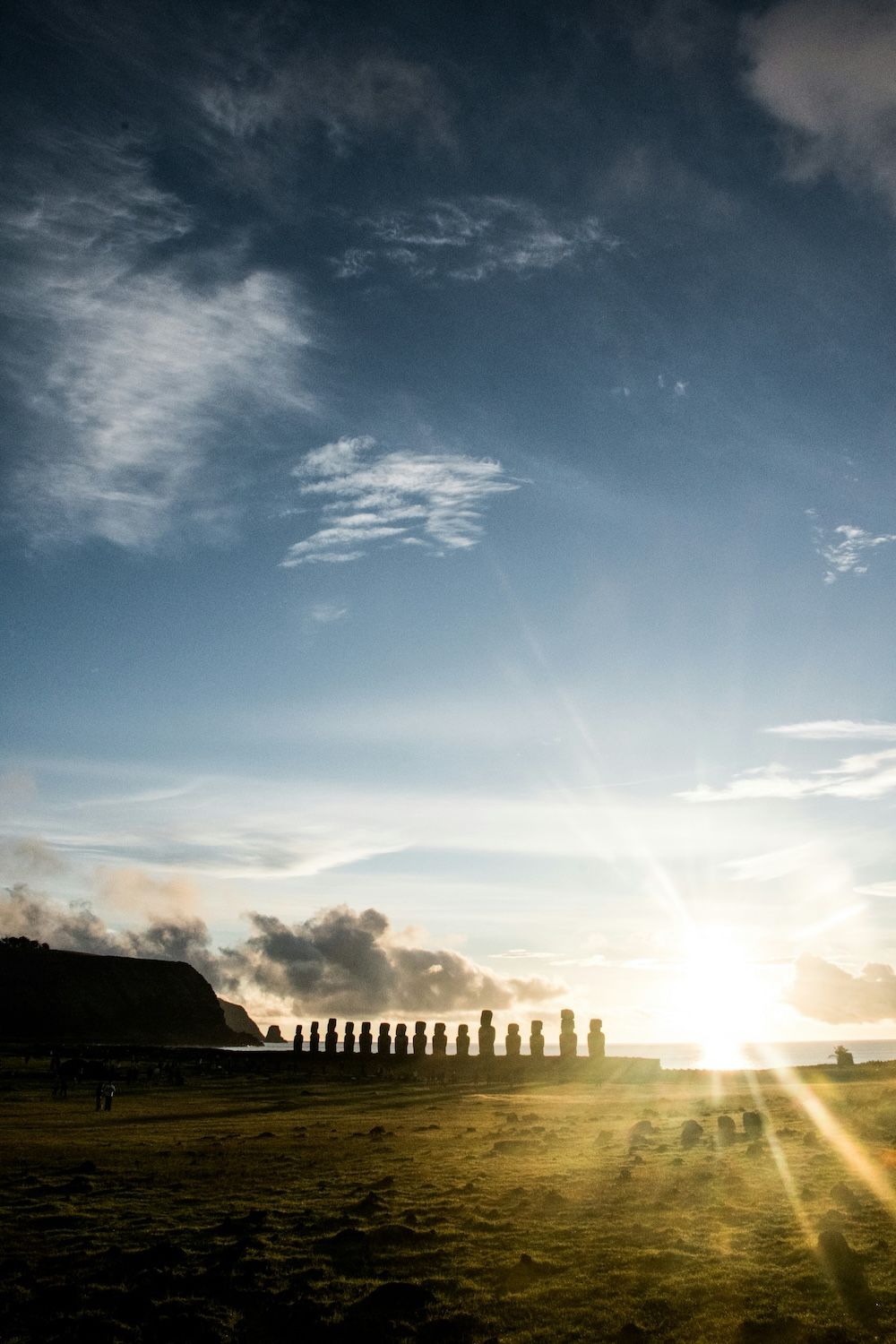
Beyond the statues, Easter Island is home to a vibrant culture and community that continues to thrive today. Despite its remote location, more than 3,500 kilometres from mainland Chile, the island remains connected to the wider Polynesian world and, as a special territory of Chile, maintains ties to the mainland while preserving a distinct cultural identity.
So, where is Rapa Nui? On the world map, the island lies in the southeastern Pacific Ocean, more than 3,500 kilometres off the coast of mainland Chile. It is one of the most isolated inhabited islands on Earth. Frequently listed among Chile’s most breathtaking landscapes, Easter Island is triangular in shape, formed by three extinct volcanoes, with a total landmass of just 163 square kilometres.
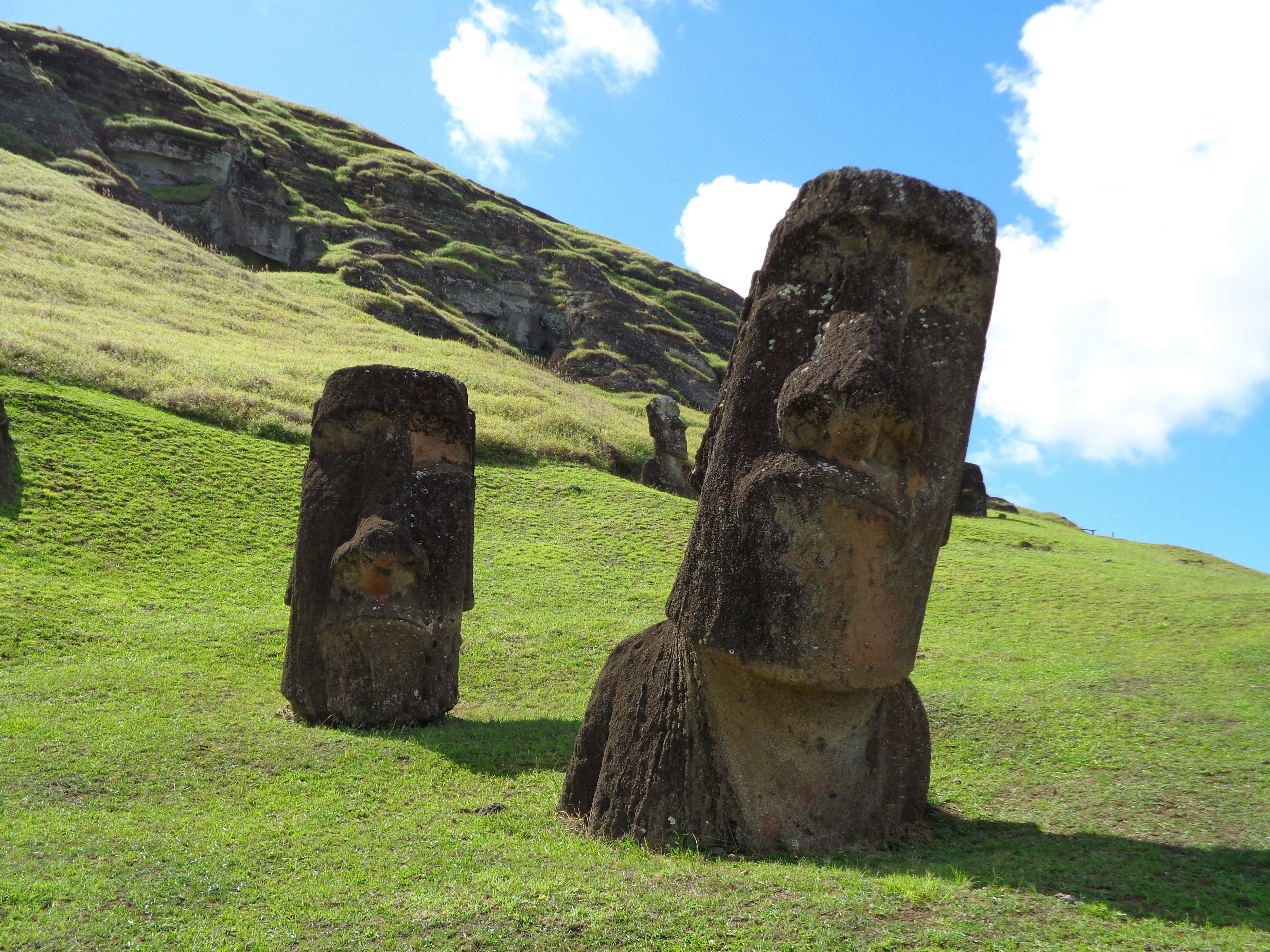
The island of Rapa Nui takes its name from both its land and its people. Polynesian navigators are believed to have arrived around 800 AD, bringing agricultural knowledge, seafaring skills, and spiritual traditions that continue to shape the island today. It is thought that they travelled from other islands in eastern Polynesia, possibly the Marquesas, the Society Islands (like Tahiti), or the Austral Islands.
For centuries, the Rapa Nui people flourished in relative isolation, creating a society deeply connected to the land and to the Moai that watch over their villages. These statues, often known as the Easter Island Heads, represent ancestral figures, embodying protection and spiritual power.
In 1722, Dutch admiral Jacob Roggeveen arrived on Easter Sunday, marking the first recorded European contact and giving the island the name we know today: Easter Island. For the Rapa Nui, this event introduced profound changes: new diseases, forced labour, and disruptions to traditional life. Despite these hardships, the Rapa Nui people preserved much of their culture, language, and customs.

In 1888, Chile formally annexed Easter Island through a treaty with local leaders. This brought new governance structures, land laws, and infrastructure, but also further challenges to traditional ways of life. Over the 20th century, Rapa Nui communities gradually regained greater autonomy over land and cultural heritage, blending Polynesian traditions with modern opportunities while remaining deeply rooted in their ancestral identity.
Easter Island is home to a close-knit community. Today, the Easter Island population is around 8,000 people, most of whom live in the capital, Hanga Roa.
Understanding the people of Rapa Nui, provides essential context for appreciating how traditions have been preserved and adapted over time.
The majority of the island’s inhabitants identify as Rapa Nui, proudly carrying forward traditions through their language, storytelling and other important cultural practices. Today, Rapa Nui dancers perform the haka during Tapati Rapa Nui, and children learn carving and storytelling from elders, ensuring these art forms endure for future generations.
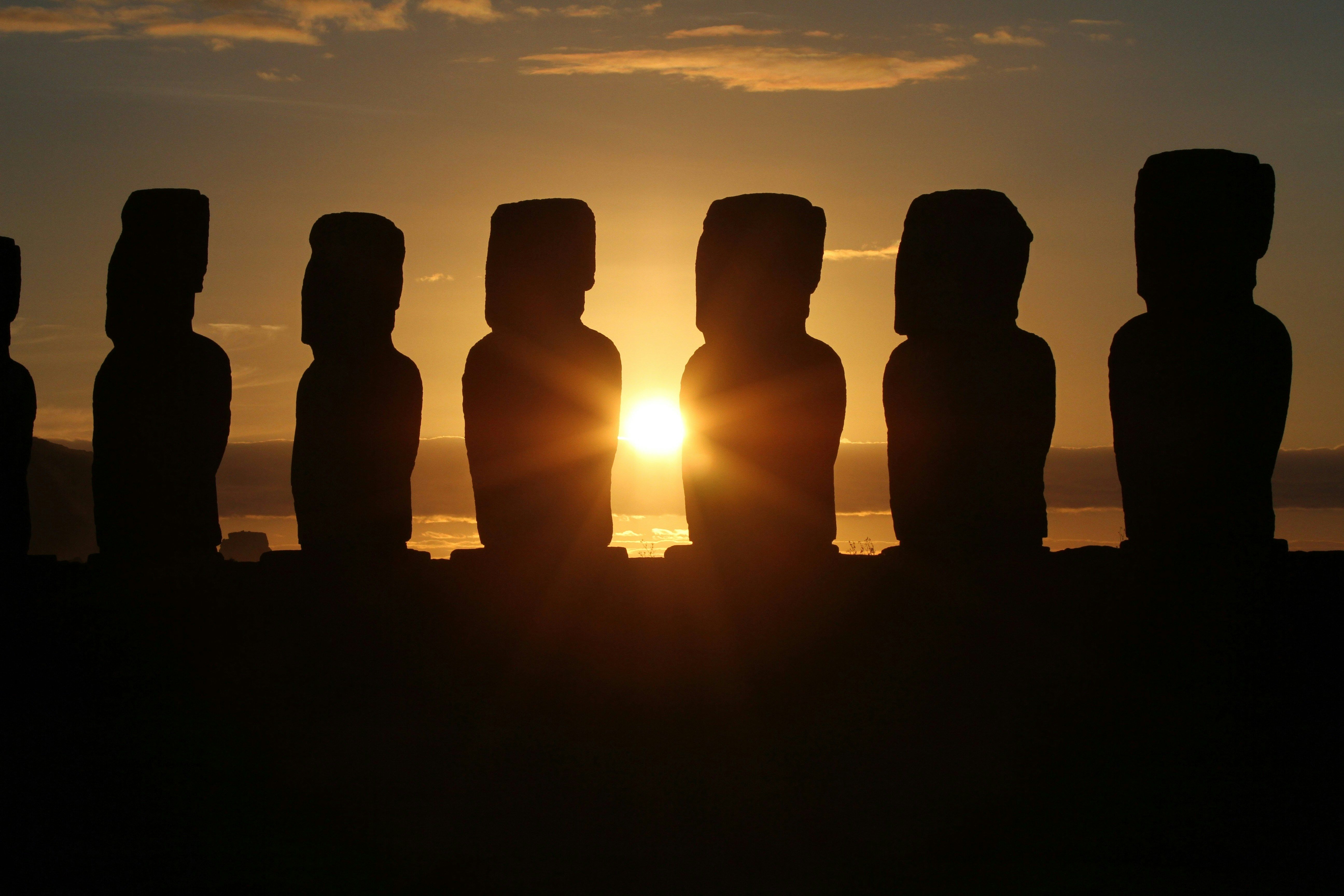
The Easter Island language, Rapa Nui, is of Polynesian origin, closely related to Marquesan and Tahitian. Although Spanish is also spoken, there are local efforts to preserve and revive Rapa Nui among younger people. Festivals like Tapati Rapa Nui, held each year in early Februrary, bring the community together around performances, music, and sporting competitions that honour the island’s heritage.
Today, more than 100,000 visitors travel to Easter Island each year, drawn to its ancestral statues, volcanic landscapes, and vibrant cultural traditions. Tourism provides essential support for the local economy, sustaining craftspeople, guides, and family-run accommodations, including an increasing number of Easter Island hotels.
At the same time, this steady influx of visitors requires careful management to protect fragile archaeological sites and delicate ecosystems. Rapa Nui authorities regulate access to archaeological sites, ensuring visitors gain cultural context while also protecting the monuments from harm. Much of the island is part of Rapa Nui National Park, a UNESCO World Heritage Site since 1996 and can only be visited with a licensed guide.
The island’s most enduring symbols are the Moai statues of Easter Island; towering stone figures carved between the 13th and 16th centuries. Nearly 1,000 of these statues exist, each representing ancestors believed to protect and empower their descendants.
So, who made the stone heads of Easter Island? The Moai were created by the Rapa Nui people, who quarried volcanic tuff (a type of rock made from ash) from Rano Raraku and carefully carved the statues using stone tools. Contrary to popular belief, the so-called Easter Island heads each have full bodies, many of which remain buried beneath the soil.
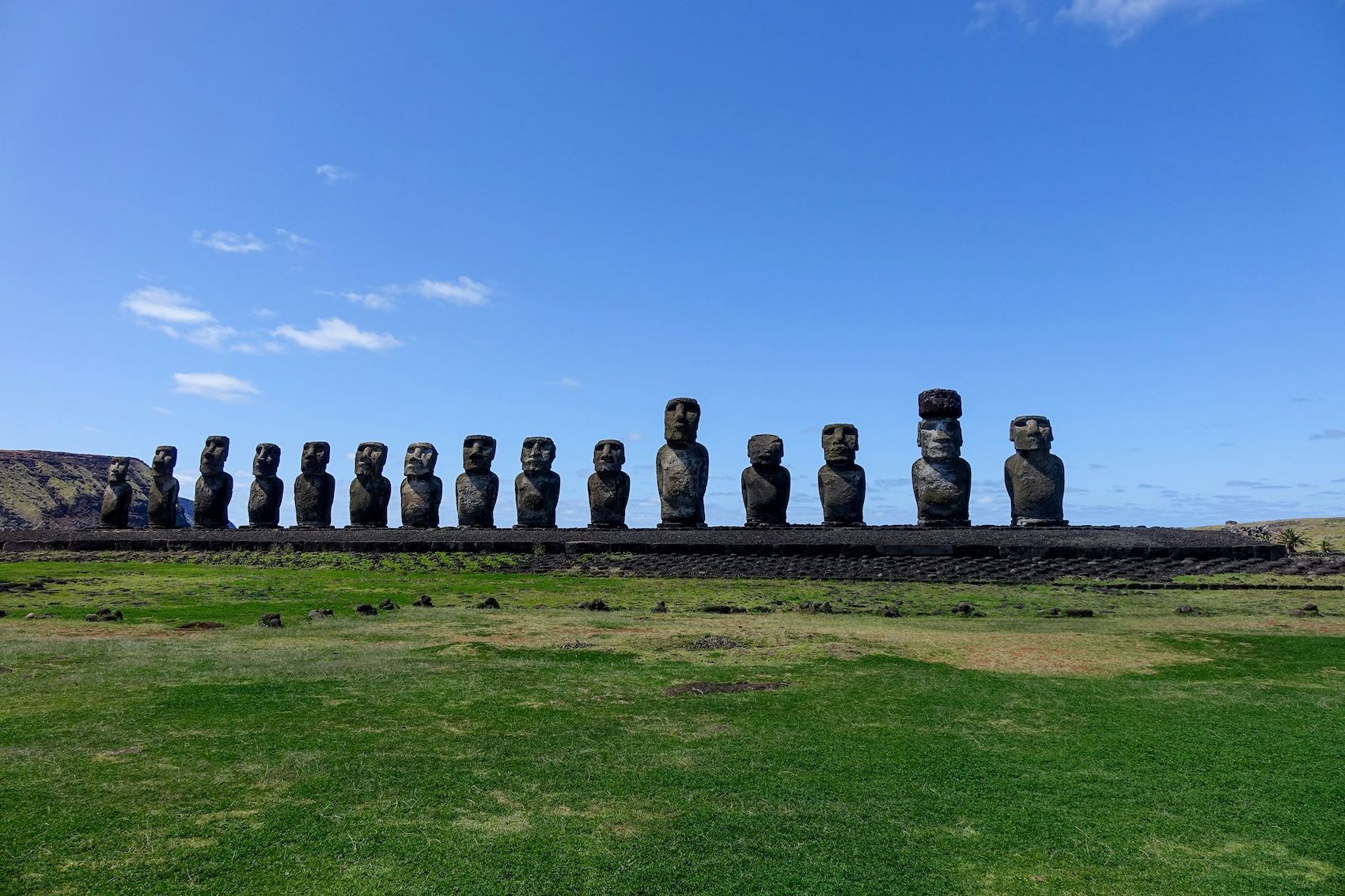
The purpose of the Moai was deeply spiritual. They were erected on stone platforms called Ahu, often near the coast, with their backs to the sea and faces looking inland. These figures represented deified ancestors, channeling mana, or spiritual power, to watch over and protect the community.
Centuries of exposure to wind, rain, and the salty ocean air have eroded the statues. Climate change and rising sea levels now present new challenges in their preservation. To combat this, local and international teams collaborate on conservation. Techniques range from stabilising the platforms to digitally scanning the Moai for preservation. Protecting these significant cultural icons ensures they remain for generations to come.
Among the island’s most impressive sites is Ahu Tongariki, where 15 massive Moai stand in a row, restored to their original grandeur. Other notable Moai locations include Rano Raraku, the quarry where most Moai were carved, and Orongo, a ceremonial village with a visitors centre that provides insight into Rapa Nui traditions.
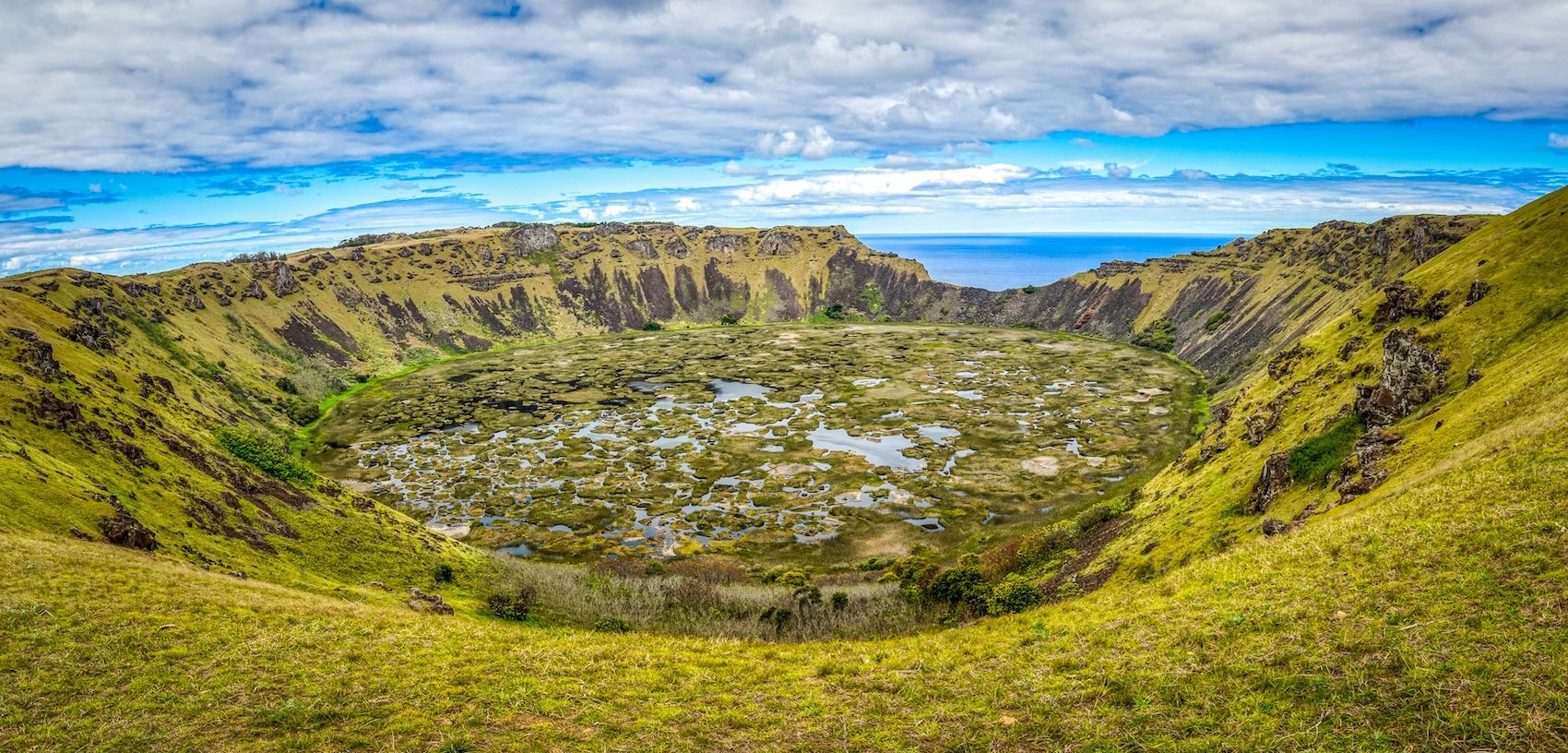
Visitors can book guided tours that blend storytelling with visits to the different archaeological sites, offering historical facts alongside the cultural perspectives of the islanders. Many tours include stargazing, traditional dance performances, and immersive cultural experiences that deepen appreciation for the island beyond the statues.
Planning an Easter Island tour requires some advance preparation, given the island’s remote location.
During the Qatar, Argentina, and Chile 2025 Year of Culture, audiences can explore Rapa Nui heritage through storytelling, hands-on clay sculpting workshops inspired by the Moai, and culinary experiences showcasing authentic Chilean cuisine. Later this year, the Years of Culture Influencer Ambassadors will also travel to Easter Island as part of a captivating journey through Chile and Argentina.
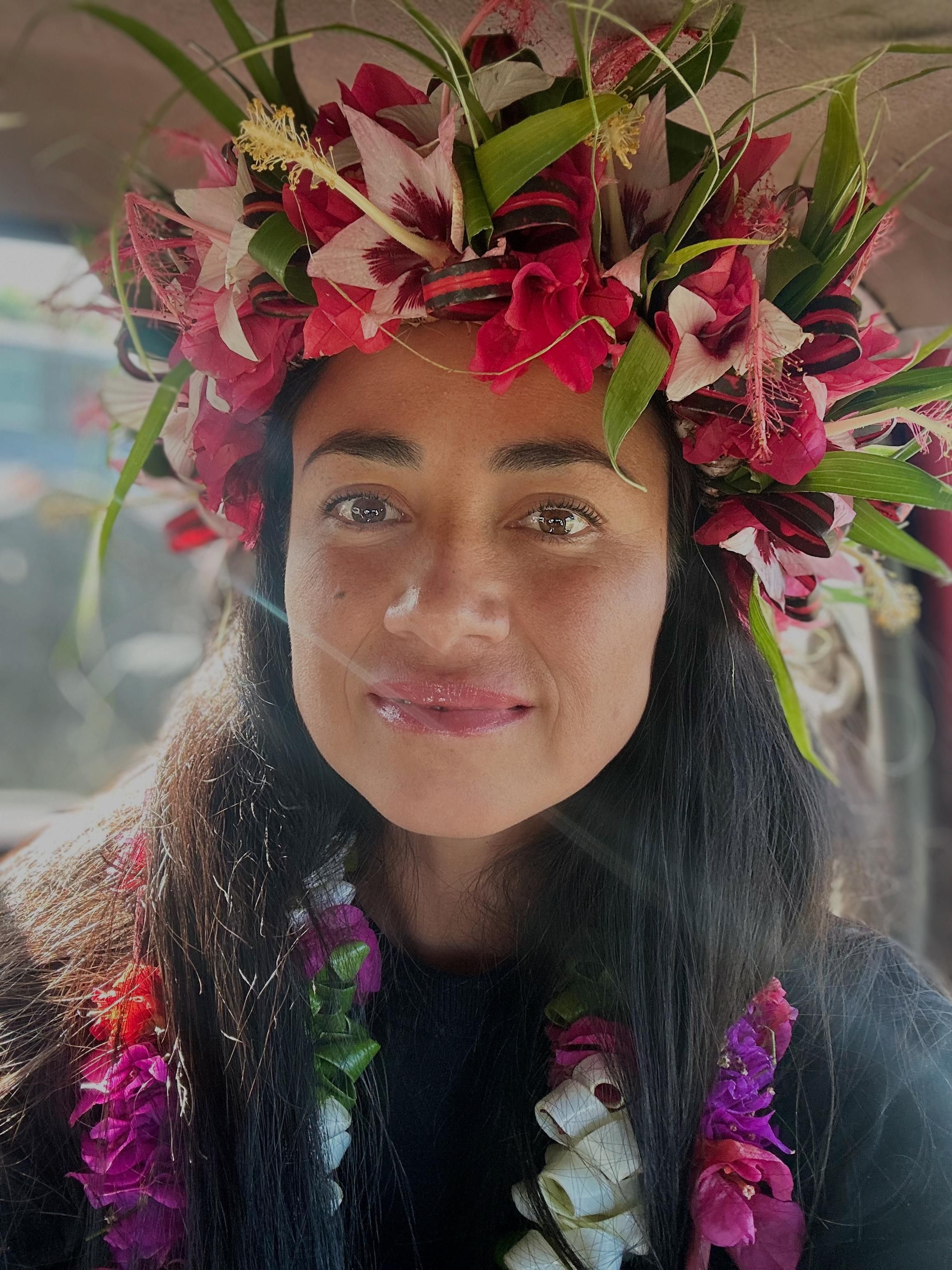
We recently spoke with Doha resident Meherio Rapu, a member of the Rapa Nui community, about her origins and upbringing on Easter Island. In her interview, she shared personal insights into the island's traditions and how she stays connected to her cultural identity while living in Doha. Later this year, she will also lead a storytelling session at Qatar National Library.
These events in Qatar will provide a unique opportunity to engage with Rapa Nui's culture and heritage, fostering a deeper understanding and appreciation of this remarkable island.
Easter Island is a living testament to human ingenuity, resilience, and the enduring connection between people and their land. From the Moai to the vibrant traditions practiced today, the island invites visitors to appreciate its history and honour its culture.
Explore upcoming events in Qatar and beyond as part of the Qatar, Argentina and Chile 2025 Year of Culture.